Creating a recipe from scratch is hard work. Creating a great recipe is even harder. Here’s what it takes to create a great consumer recipe that your audience will love.
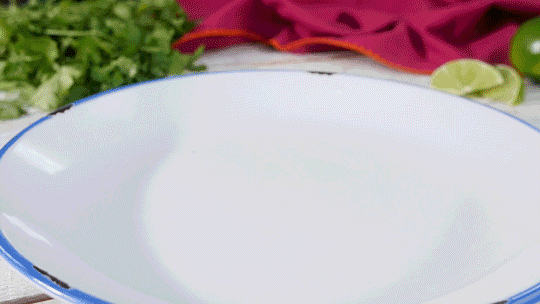
Understand the basics
Before you attempt to create a great recipe, make sure you’re well versed in basic culinary techniques such as blanching, searing, and roasting. Try your hand at various base recipes and make sure you understand how and why they work. Understanding these will be extremely helpful when creating your new recipe.
These are the trending flavors, ingredients, and techniques for 2021.
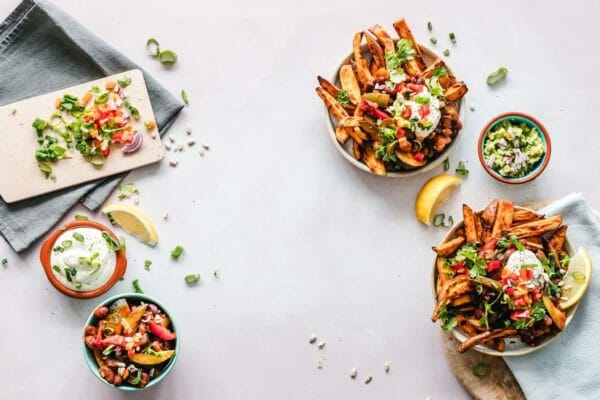
Look for inspiration
There are plenty of places where you can find inspiration for your new recipe. Browse your cookbooks, watch videos online, read different blogs, and visit your favorite cafés and restaurants and try out their dishes. Or, look for cool new ways your audience is leveraging your products in their own recipes!
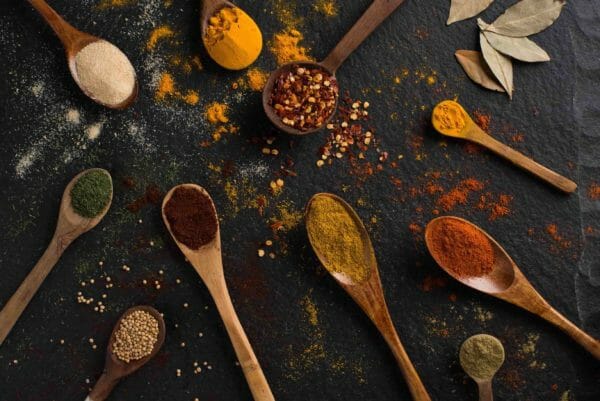
Decide on ingredients
The table of ingredients is the starting point of every recipe. A good way of thinking about new recipes is to start with ingredients that are in season and then work from there. It’s also a great idea to research what ingredients are trending.
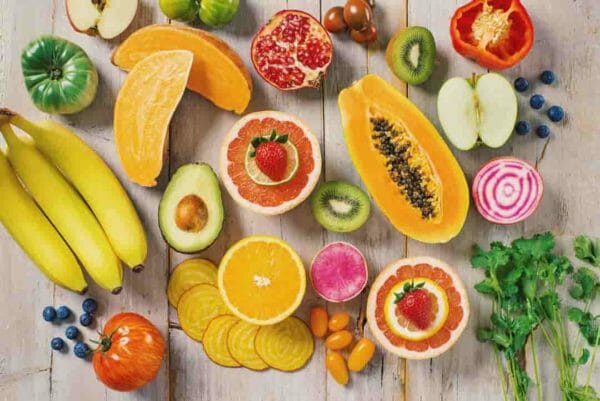
Focus on flavors
Think about what kind of flavors work well together and then experiment with different quantities until you find the right balance.
Your goal should be to combine flavors in such a way that they complement rather than overpower each other. Some time-tested flavor combinations you can always rely on include:
- Maple and bacon
- Dill and cucumber
- Ham and cheese
- Tomatoes and basil
While these combinations are a great start, don’t be afraid to test flavor combinations that might seem weird or unconventional at first. You might stumble upon something great in the process.
Limit yourself to two or three flavor profiles. You can always add additional supporting elements for more flavor and texture but remember to keep things simple. A dish that tries to be too many things at once usually ends up being a mess.
Here’s how to write totally drool-worthy copy and recipe descriptions your audience will love.
Consider the texture
While flavors are the most important part of your dish, you should also consider the texture. What kind of texture would work well with your flavors? Soft and tender, crunchy, juicy, or creamy? The right texture will complete your dish and give it that little something extra it needs to be perfect.
Don’t use ingredients you don’t love
Don’t use ingredients you don’t love just to impress someone. It will most likely take you multiple tries to perfect your recipe so make sure to use ingredients you enjoy and don’t mind preparing, tasting, and eating numerous times.
Don’t shy away from convenience food products
Don’t be afraid of using convenience food products such as canned beans and chick peas or frozen vegetables. These are perfectly fine ingredients and can help you save time and add flavor to your dishes. Everyone loves cutting corners to save a little time here and there!
Write it down
When writing down ingredients, list them all in order of use. Make sure to spell everything out. If your recipe has multiple parts, divide the ingredients into sections using headings (e.g., “Crust” and “Filling”).
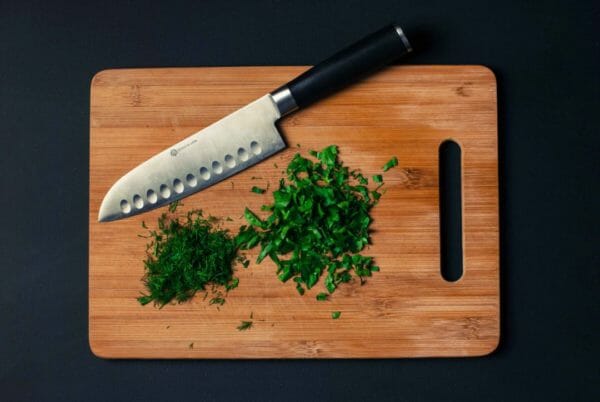
Work on method
You need to write your method as clearly as possible so that it’s understandable by both beginner cooks and experienced chefs. Don’t make assumptions about what readers will know or understand about your method. When in doubt, ask someone else to read your recipe and then check if they completely understand all the steps.
Be precise when it comes to all measurements, timings, temperatures, and dish sizes. This is important for all types of recipes but is absolutely crucial for baking recipes. Decide on a single system of measurement which you’ll use in the recipe. This can either be the metric or the imperial system, but not both.
Make sure to end your preparation method with serving instructions and storage tips.
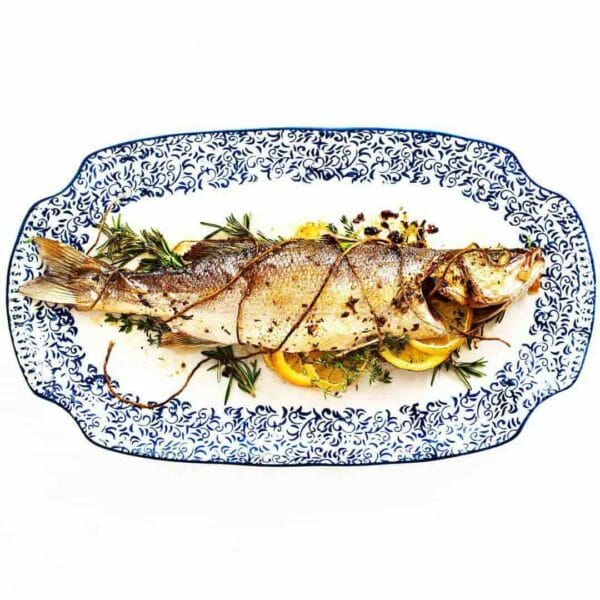
Think about presentation
Start thinking about how you want your dish to look like as early as possible. Browse your favorite photo-heavy cookbooks and blogs for inspiration. You can even create a sketch of how you want your dish to look. A sketch will allow you to visualize the dish as well as help you brainstorm different components that you could add to improve its appearance.
Tweak one thing at a time
When modifying your recipe, restrain yourself from changing too many things at once. The only way to learn what really works and what doesn’t is to tweak one thing at a time until you find the right combination.
Take notes
Remember to take notes and write down all the changes you made and how they affected the dish. This will help you improve your recipe more effectively.
And now the fun part… tasting your dish!
Finally, you’ll need to find someone willing to try out your new dish and serve you the facts. It’s hard to be objective when it comes to judging your own creations, so it’s best to find someone else to do the judging for you. Great candidates include family, close friends, and colleagues.
Make a great consumer recipe from scratch
Before you can create a great recipe, make sure to brush up on basic culinary techniques and recipes. Use cookbooks, blogs, Pinterest, as well as the menus at your favorite cafés and restaurants for inspiration. Focus on fresh, seasonal ingredients and simple flavor combinations. However, don’t be afraid to experiment.
Think about what kind of texture would suit your dish and avoid using ingredients you don’t love. Feel free to use convenience products such as canned or frozen goods.
When writing down your preparation method, make the instructions as detailed as possible and include precise measurements, timings, and temperatures.
Don’t make too many changes at once when modifying your recipe but rather tweak one thing at a time. Make detailed notes about all the changes you make. Find someone who you can trust to be honest and objective to judge your new creation. Finally, don’t give up if your recipe doesn’t end up being a success on your first try. Remember, creating a true masterpiece takes time.
Learn from your mistakes
Mistakes are bound to happen when you’re creating a new recipe. Don’t give up if you’re not successful on your first, second, or third try. Try to learn from your mistakes and improve the recipe with each new iteration.
Looking to create great consumer recipes? Schedule a call to discuss how Tag can help.
Start creating delicious recipes today!
GET TASTING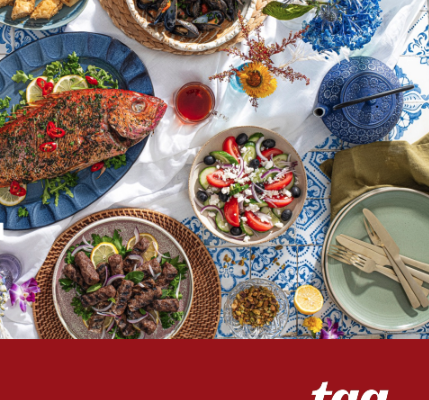
Food Photography Tips & Tricks for Brands: Capturing Cravings and Conversions

Happy Halloween from THP a Tag Company!



Comments are closed.